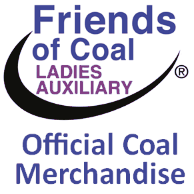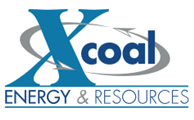
 











|
Signature Sponsor


March 1, 2023 - An Australian-based coal producer, Yancoal (ASX: YAL) operates both open-cut and underground mines in New South Wales, Queensland and Western Australia. With a market cap of $8.15 billion, it is one of the largest coal miners on the ASX. It’s also listed on the Hong Kong Securities Exchange, Chinese firm Yankuang Energy Group Company Limited a major shareholder with a 62.26% stake in Yancoal. Yancoal’s record revenue for calendar 2022 was underpinned by the unprecedented coal prices the group received from customers. The average price for thermal coal during 2022 was $372 a tonne and $405 a tonne for metallurgical coal.
But this is where some uncertainty comes in, as Katana Asset Management's Romano Sala Tenna explains. Where will coal prices settle? And how will investors respond? "We're already seeing that now, as coal prices rebase. We're seeing it in lithium too," says Sala Tenna.
The strong prices were spurred by supply shortfalls due to a year of unusually wet weather across the major coal-producing regions – particularly Australia, Indonesia, South Africa and Russia. And of course, the outbreak of war in Ukraine last February pushed energy and coal prices to record levels. In the following Q&A, Sala Tenna unpacks the result and provides his outlook for Yancoal, and mining companies more broadly, for the rest of 2023.  Yancoal key results for calendar 2022
What were the key takeaways from this result? What surprised you the most?It was the huge amounts of cash flow reported. That was expected, but the company generated an extraordinary amount of cash flow in what was an extraordinary year. It went from an operating cash flow of $6.5 billion at the start of the year – that’s larger than the opening market cap of the company. So it paid off about $3.2 billion in debt and closed the year with $2 billion in net cash. The result was all about the cash flow. What was the market’s reaction to this result? Was this an overreaction, underdone, or appropriate?It was an overreaction initially, with the share price down over 6% at one stage but then recovering 3%. I think that’s because people were expecting a higher payout ratio. Management announced a 70-cent dividend, which brings the full-year yield up to 16%, with a payout ratio of 45% - which is low. The market was expecting more. We’ve seen some higher payout ratios, such as Woodside’s 80%, but I view that as unsustainable. |
 







|